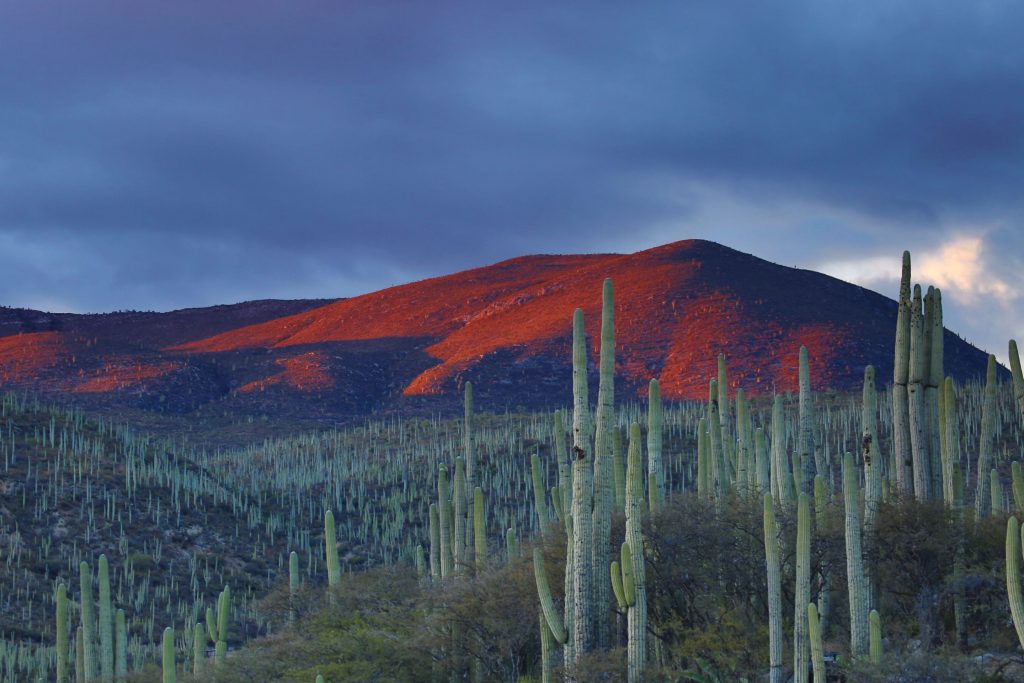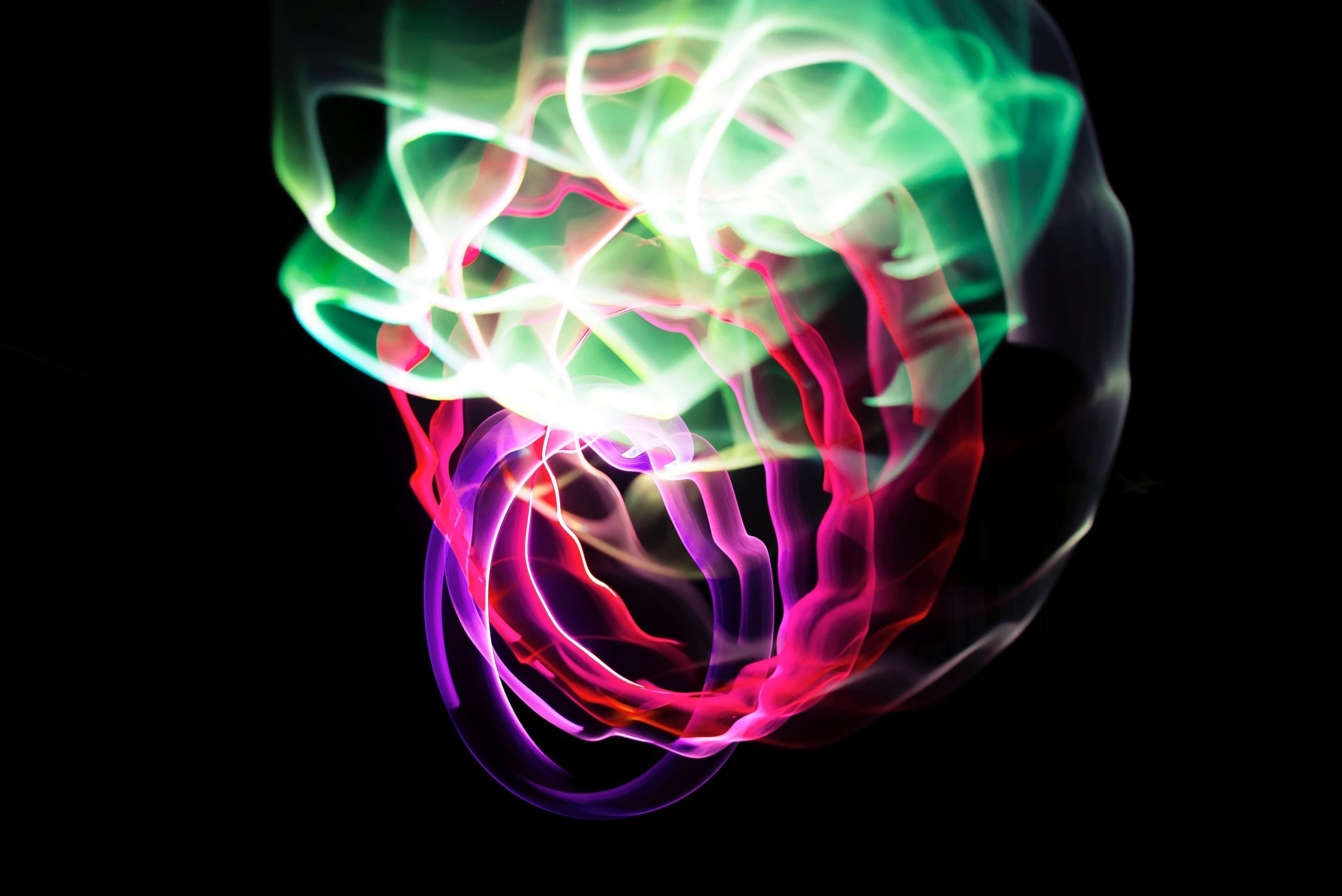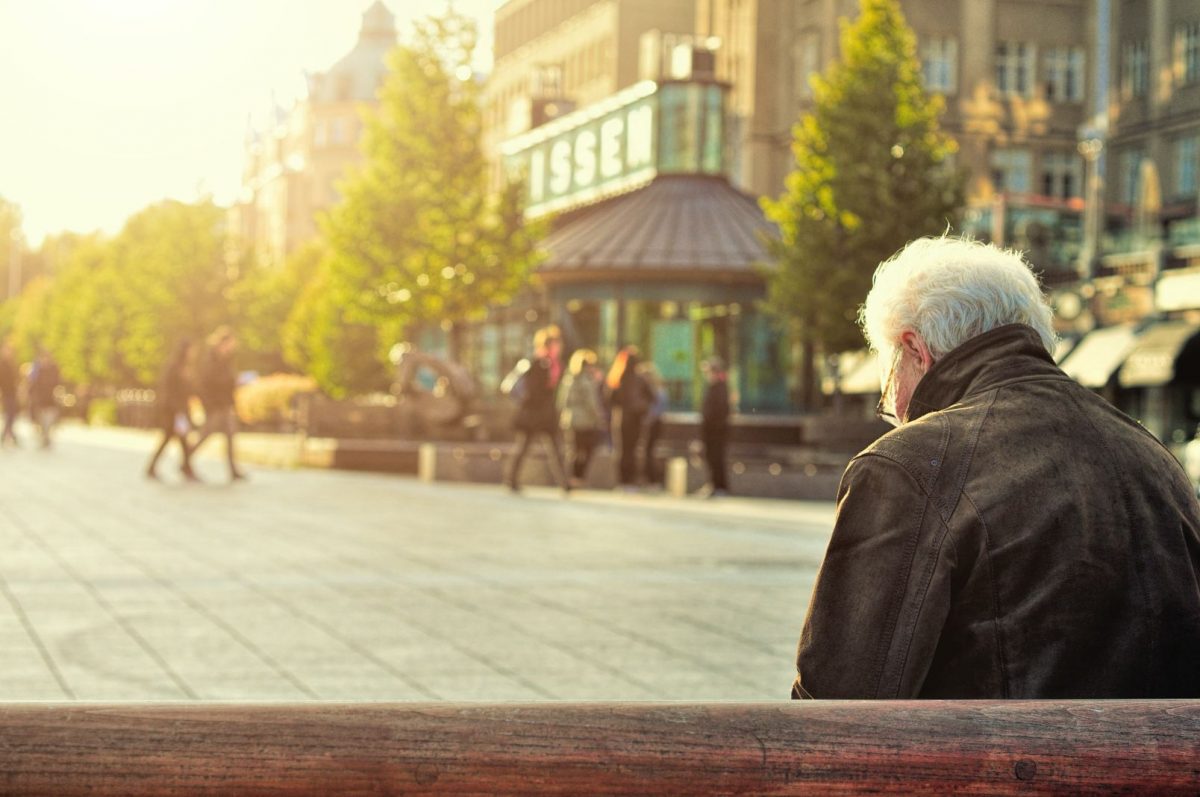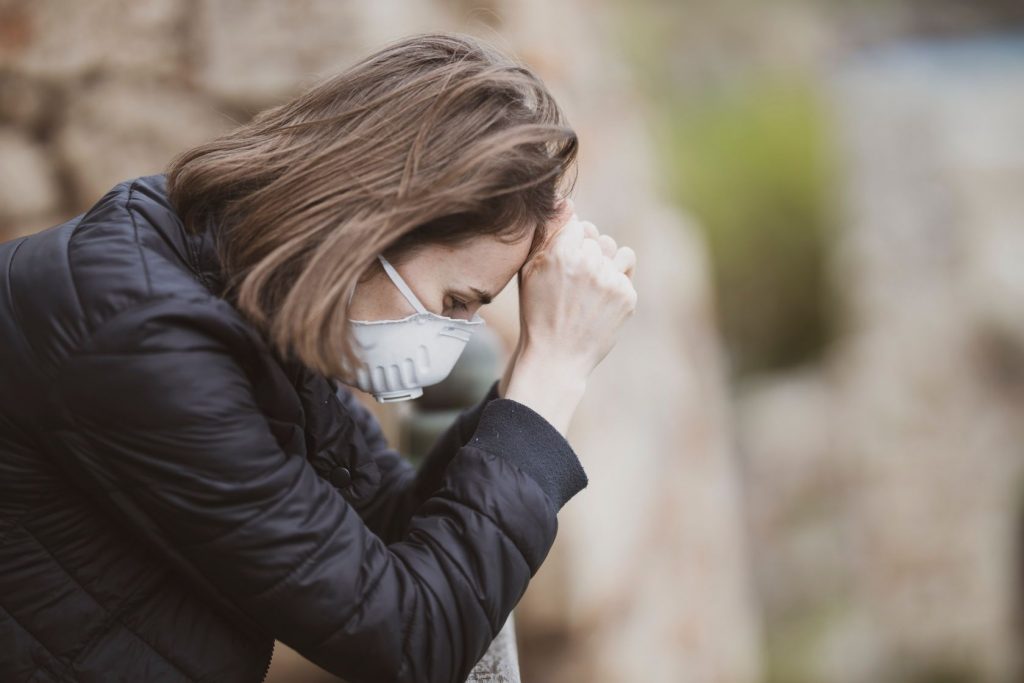Have you ever heard of “Ayahuasca?” You may have already…it’s a popular search term here in Northern California.
Also known as “Yage,” it’s a uniquely powerful hallucinogen. So powerful that some insist it’s a priceless medicine, not any sort of drug. However, that perception masks the very real risks of the substance.
What does ayahuasca do? Why is it important to know? That’s what we’ll talk about today.
Yage is a Popular Hallucinogenic Substance
Recently, we found that several people reached our website searching for “ayahuasca,” so we decided to investigate further.
Indigenous tribes in Brazil, Peru, Ecuador, and Colombia have used ayahuasca for centuries. They used it as a cure for ailments, but primarily for spiritual experiences. It is intensely hallucinogenic—and as such, has intrigued Westerners for decades.
The spotlight shone on ayahuasca in the last century. In the 1950s, literary figure William Burroughs documented his experiences searching for and ingesting ayahuasca in the Amazon jungle. He sent several letters to a colleague, Allen Ginsberg, wherein he thought the hallucinogen might serve as a potential cure for opioid addiction.

Why Do People Take Yage/Ayahuasca?
Purported to have telepathic qualities, ayahuasca is a brew derived from the Banisteriopsis caapi vine and other plant ingredients from South America. The vine contains the hallucinogenic substance dimethyltryptamine (DMT), which the U.S. has classified as a Schedule I Drug under the Controlled Substances Act of 1970.
This means that manufacturing, selling, buying, possessing, or using it within the U.S. is illegal. Schedule I substances have a high potential for abuse, and no currently accepted medical use in treatment in the USA.
That doesn’t mean no medical use exists, but it’s considered unsafe enough to prevent use.
Despite this, ayahuasca has become increasingly popular with Western tourists in search of mind-altering experiences. We’ve seen multiple articles written about Silicon Valley tech entrepreneurs in the past few years. They shared stories of flying to distant locations for ayahuasca “experiences”—searching for relief from the pressures of daily life, for personal development, or just for fun.
Even this “ayahuasca tourism” has led to problems. For example, in 2015, a 29-year-old tourist stabbed and killed another tourist after the two drank ayahuasca at a spiritual retreat in Peru.
Having trouble with psychedelics? Contact us, at 800-811-1800.
The “Trippy” Ayahuasca Trend
Use of ayahuasca has also become “trendy” within the U.S. In 2016, the New Yorker wrote an article about the ayahuasca “boom” entitled The Drug of Choice for the Age of Kale.
One interviewee said the drug was “everywhere” in San Francisco, where he lives.
“…ayahuasca is like having a cup of coffee here. I have to avoid people at parties because I don’t want to listen to their latest three-hour saga of kaleidoscopic colors.”
Celebrities like Susan Sarandon have spoken about their experiences with ayahuasca. The musician Sting covered his use of the substance for 60 pages in his 2005 autobiography. Even Hollywood has jumped in, showing the hallucinogen in movies and TV as a trendy, ‘edgy’ thing to do.
Is Using Yage Dangerous?
While ayahuasca may purportedly open our minds, help us heal illnesses, confer the sensation of “telepathic powers,” and deliver intense sensory experiences…using yage does come with risks. It’s always risky taking a substance which is:
- Totally absent of medical quality control or regulation,
- Unpredictable at best, and
- Illegal.
Some people have such terrifying experiences with it that they suffer from PTSD-like symptoms afterwards! The psychological and emotional distress can cause tremors, nausea, vomiting, diarrhea, hyperthermia, sweating, major function impairment, problems with nervous system functioning, vertigo, dizziness, and other unpleasant side effects.
Ayahuasca use has even caused a few deaths in the past few decades. Much lower than fentanyl, thank goodness, but that doesn’t mean it’s “safe.” We don’t know enough about long-term effects of use to make that call. However, we DO know that frequent users can develop a dependency.
If you become dependent on ayahuasca, it doesn’t matter how “beneficial” it can be to your life. It’s a problem…a serious one.
Ayahuasca: If You Use It, Do So with Great Caution
If someone offers you a yage/ayahuasca brew, it’s important to know what drinking it entails. The ayahuasca ‘trip’ is unique to everyone…sometimes illuminating, often traumatic, and always risky.
If you or someone you care about says they can’t stop using ayahuasca, call the SSH team for advice & help. We can help you move past the dependency, back into real life.




